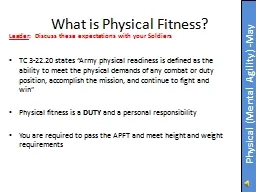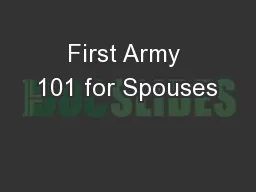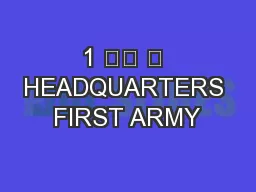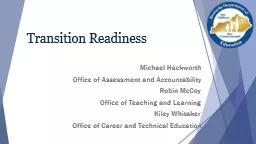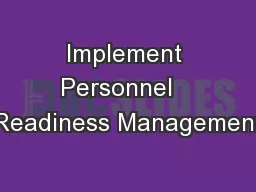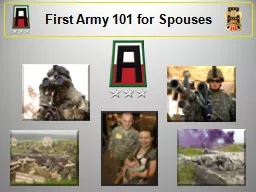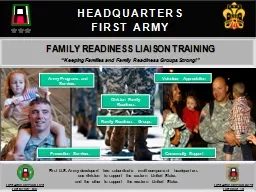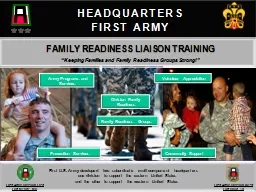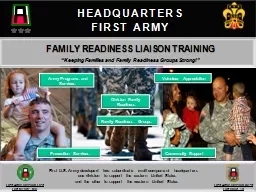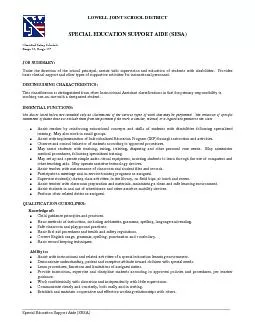PPT-TC 3-22.20 states “Army physical readiness is defined as the ability to meet the physical
Author : danika-pritchard | Published Date : 2018-10-28
Physical fitness is a DUTY and a personal responsibility You are required to pass the APFT and meet height and weight requirements Physical Mental Agility May
Presentation Embed Code
Download Presentation
Download Presentation The PPT/PDF document "TC 3-22.20 states “Army physical readi..." is the property of its rightful owner. Permission is granted to download and print the materials on this website for personal, non-commercial use only, and to display it on your personal computer provided you do not modify the materials and that you retain all copyright notices contained in the materials. By downloading content from our website, you accept the terms of this agreement.
TC 3-22.20 states “Army physical readiness is defined as the ability to meet the physical: Transcript
Download Rules Of Document
"TC 3-22.20 states “Army physical readiness is defined as the ability to meet the physical"The content belongs to its owner. You may download and print it for personal use, without modification, and keep all copyright notices. By downloading, you agree to these terms.
Related Documents

